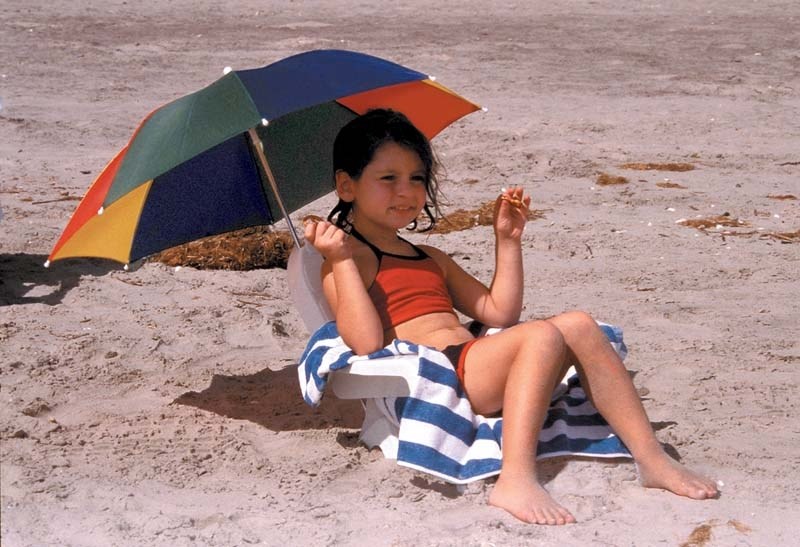“Too hot” are words few Albertans dare utter considering the long, cold and barren prairie winter that usurps much of the year.
However, with hot weather come ailments such as heat exhaustion and heat stroke that people may not be used to recognizing and treating.
Although in Canada extreme heat events are not well documented, as described in a report by Health Canada, more than 1,200 deaths have been attributed to five extreme heat occurrences between 1900 and 2005.
As the Earth’s climate changes, extreme heat events/heat waves are expected to increase in frequency, length and severity. The annual number of extremely hot days is expected to more than double over the next 30 years, resulting in increased health risks for many.
“We want to remind Albertans, including those working on repairing flood damage, to take precautions to stay healthy and safe today and over the summer months during high temperatures,” said Dr. James Talbot, chief medical officer of health for Alberta.
Hot weather precautions include wearing light-coloured and breathable fabrics such as cotton and linen, which will absorb sweat and keep your skin cool. Reschedule outdoor activities to a cooler time of day, stay in the shade or take frequent breaks from the heat and drink plenty of water even before you feel thirsty.
“Normal activity that is safe on a cool day might be dangerous for you on a hot day. (Mild dehydration) has very weak signals, the average jogger may ignore them while out in the heat,” he added.
Sweating is the body’s way of cooling off. When a person doesn’t intake enough fluids, the body can’t spare secreting water as sweat. It compensates by slowing down, resulting in fatigue, weakness, headache and difficulty concentrating, explained Talbot.
Heat exhaustion occurs when the body’s temperature is two to three degrees above its normal temperature of 37 degrees Celsius. Caused by excessive loss of water and salt, symptoms include those of dehydration as well as dizziness, nausea, diarrhea and muscle cramps.
When the body reaches heat overload, at 40 degrees Celsius or higher, heat stroke sets in.
“When the brain overheats, it’s similar to an overheating computer, they don’t work well at high temperatures,” said Talbot. “During heat stroke, the body loses its ability to self regulate and it can be mistaken for drunkenness.”
Heat stroke is characterized by little or no sweating, partial or complete loss of consciousness and/or reduced mental ability, which signals the need for immediate medical care.
Children and seniors are at even greater risk for heat exhaustion and heat stroke as they lack the ability to effectively thermoregulate. Neither age group may be able to access shade or water by themselves and the elderly lose their thirst mechanism with age. Older people may also be taking medications – beta-blockers and diuretics for example – that make them less able to tolerate heat.
For these reasons, Alberta Health and Wellness urges people to frequently visit neighbours, friends and older family members who are chronically ill and/or socially isolated, to make sure they are cool and hydrated. If they show symptoms of a heat-related illness, the person should be moved to a shaded area, outer clothing and shoes removed and provided with fluids. People can also be wrapped in a cool, wet towel until medical care is provided.
Ways to beat the heat
Wear light colours and fabrics such as cotton and linen which will absorb sweat and keep you cool. Avoid microfibre and wool.<br />Drink plenty of water and other non-alcoholic, non-caffeinated beverages to stay hydrated, even before you feel thirsty. <br />Consider rescheduling activities to cooler hours of the day. <br />Take frequent breaks from the heat in shaded and air-conditioned areas. <br />Wear a wide-brimmed hat and sunglasses (with a UVA/UVB CSA certified seal). <br />Wear light-coloured long pants and long-sleeved shirts that cover skin.




